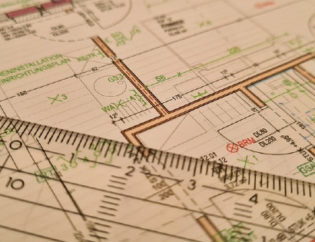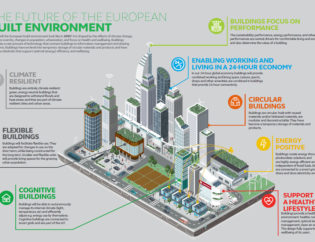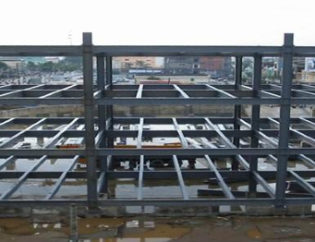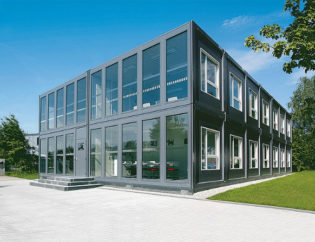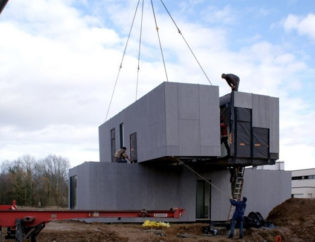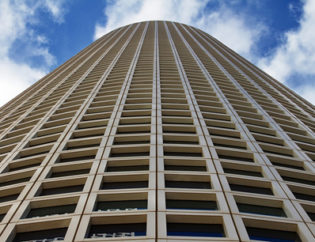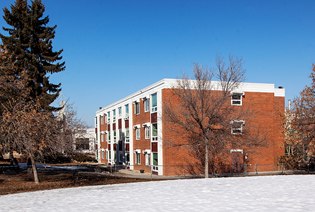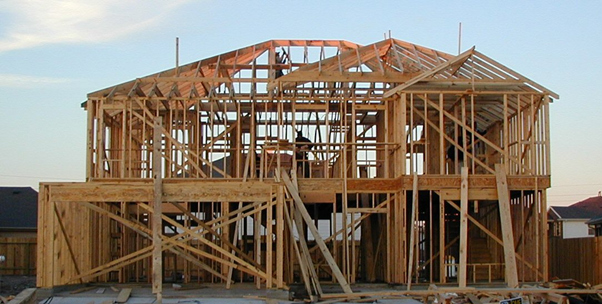
The conventional stick-built construction has been around for a long time and provides a beneficial framework for homes and office spaces. When considering structures for your residential or office space, construction methods might always have you second-guessing your choices. For example, an office space that is stick-built might have a good open-air feel to it, but would it be durable when the winds turn into storms? A similar question might arise for the residential structure, but then residential structures can be created at places with lower chances of strong winds. But that is the owners choice. There are essential factors that affect the construction process for both residential and office spaces. For example, while constructing an office space, you’ll consider the time taken for construction. While for residential buildings, you will look more into durability and sustainability.
When the construction process goes on the factors that will affect your work, or your living environment must always be taken into consideration. There are certain advantages that the prefabrication process has over the common stick-built structures. Modular construction meets all the challenges that stick-built construction might fail at. Let’s see what those are.
Build Time
Time taken for construction is always the most crucial factor to be taken care of, especially for development that deals with office spaces. Even for residential buildings, it is essential to look for time factors like lead time, build time and downtime. Lead time is the time taken for each of the critical construction processes in one building; the time elapsed between the initiation and completion of the process. Build time is the total amount of time that your contractor or architect demands for the end of the project. Downtime is the main reason for slowing down the building development. Sudden problems with weather conditions, like rain or heavy snow, can stop the construction mid-way, especially when it’s stick-built. Also, the progress done so far on a stick-built site will be damaged and will have to be replaced again.
In stick-built construction, the design is first generated by the architecture, which is then sent to the customer for approval. Once the design has been approved, the materials (wood, stones and bricks) have to be obtained from different sources. Often, the material is delivered in several batches before the construction process is started. So if there is an issue with the sourcing of materials, the construction process is delayed.
In the prefabrication process, the materials required for the construction of modules are already present in the factory, and the construction can start right after the design has been approved by the owner. This reduces the lead, build and downtime at once. Since prefabrication uses machinery to manufacture the units, the work can be completed in 3-4 weeks.
Expansion
A lot of times, the structure that you have built might need customization or an extension for increasing needs. In an office space, for example, there will be a need to expand the area or number rooms due to the increase in the number of employees or storage needs. Expansion is different in both the construction processes. It costs to expand a space, but it varies on how much you pay depending on the type of construction you use.
Expansion in stick-built construction is always difficult to initiate. Since stick-built structures are permanent in nature, development of these structures requires a lot of jackhammering to break down the part of the building from where the structure is to be expanded. This will leave you with downtime for your own working schedule if its an office space you’re developing. Also, the breaking down of the structure will result in unnecessary debris and wastage of material. The remodelling requires an architect that has to be paid along with the raw material that will cost you along with labour charges.
However, in the modular structures, customization is far more manageable than stick-built structures. For the expansion of a modular structure, there is no demolition work required, which eliminates the debris and waste products. All the builders have to do is detach a wall from the module, which can be used elsewhere in the same building or another, and attach elongated walls or add whole modules that expand the area.
Building Codes
Every structure that is erected in a town or locality is required to match the building codes in the area. Building codes like fire codes and load standards of your state must be considered before choosing the materials for your stick-built structure.
In a stick-built structure, the designs made by the architect must be stamped by the authority to make sure the building falls under the building codes in the area. Once the workers have completed the installation of utilities, like electricity, gas and water supply, the building has to be inspected by the authoritative people. If a fault is found in the building’s reference to the city codes, the building will have to be restructured to meet them.
The prefabrication process, although required to meet similar standards to be built, the materials and components of the structures are already checked for fire safety, wind durability and load ratings. The construction process thus begins faster, and the inspection can be done during the designing process.
Eco-Friendliness
With the ever-growing population and the need for housing and industries have made people more perceptive towards the adverse effects of construction on the planet. People are now looking for more sustainable ways of building that don’t affect the environment around them. In this context, stick-built structures fail the expectations and cost a lot more to the environment both around the site and in general.
Stick-built structures use raw materials that are non-renewable. The wood required for the frame requires trees to be cut down, and the raw materials like cement cannot be recycled once they are wasted during construction. It also involves the use of trailers for worker accommodation which uses electricity and gas. With the delivery of every batch of raw products, the carbon footprint of the building increases.
The prefabrication process uses recycled steel and other raw materials that can be reused in other projects. 90% of the process takes place inside a factory which makes it easier to control wastage and contain other pollutants that can harm the environment at the building site.
Stick-built construction has unnecessary costs that can be cut down by opting for modular buildings. Lots of industries use modular construction to get an efficient structure that is durable and uses fewer resources.
